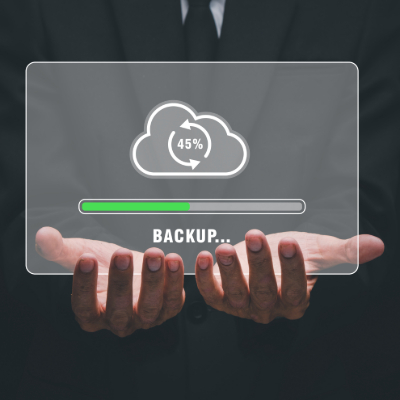If you run a business you know that downtime isn’t just an inconvenience, it’s a problem. That’s where failover comes in. If you’ve ever wondered how major websites and services seem to stay operational even when something goes wrong, failover is a key part of the answer.
Do you know what goes into a successful data backup strategy? If not, know that your business depends on these contingencies to confidently face the challenges of today’s business world. Today, we’re breaking down the essentials of a sound backup strategy—and trust us when we say it’s more complicated than you think.
When your business’ data is so crucial to your successful operations, there are certain precautions that you simply need to take for the sake of your business’ longevity. One such precaution: data backup. Your data is the gas that powers your business’ engine, whether you’re referring to project files and intellectual property or financial info and customer records. As such, imagine what it would mean if your business ran out of gas… or, more accurately, it was siphoned out.
There’s no getting around the fact that data backup and disaster recovery are paramount to the survival of any business. Thankfully, the 3-2-1 rule makes implementing effective data recovery practices easy. Let’s look at this process and how you can do so.
Nowadays, businesses need to be prepared for almost every circumstance. You may have heard the term “BDR” used to describe a method of attaining this level of preparation. We wanted to discuss this term in more depth, covering what it refers to and what you need to do to protect your business should BDR be right for you. Spoiler alert: it very much is.
- 1
- 2






